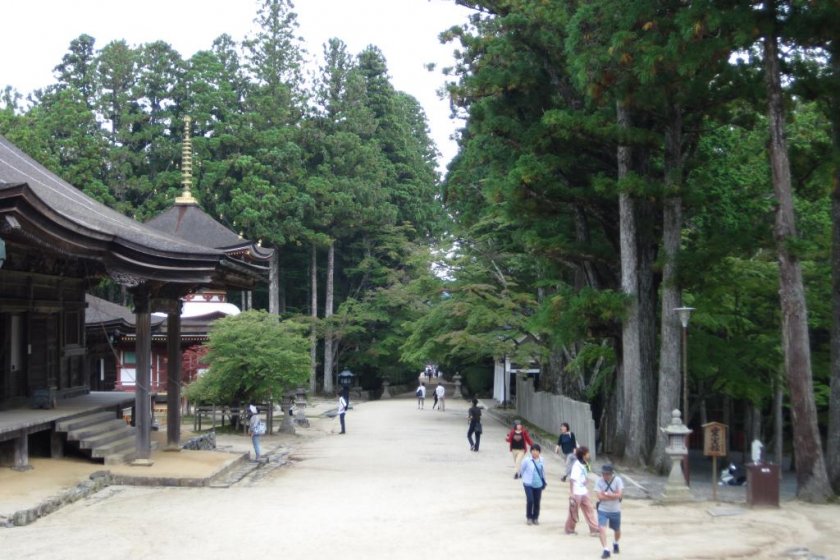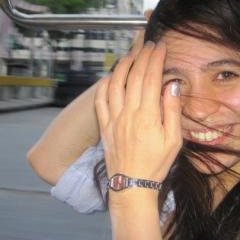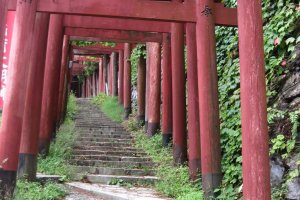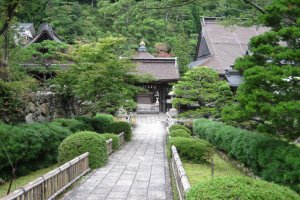A direct train from Osaka drops you at a station called Gokurakubashi (Heaven Bridge), where a cable car awaits to take you on a 5min journey to Mt Koya station. A bus then descends into a valley with a simple main road lined with temples, cafes, shops and museums.
Tucked away south of Osaka and Kyoto in Wakayama prefecture, Koyasan is a hidden gem. The monk Kukai (Kobo Daishi) founded this quaint religious area 1200 years ago after studying Buddhism in China and is said to meditate eternally in Koyasan's highlight, the temple of Okunoin. Surrounded by mountains, towering trees and accessible via a cemetery path with millions of tombs on either side, the complex contains the mausoleum of Kobo Daishi, a hall of lanterns, a bridge and a hall for offerings. Although it sounds a bit spooky, a visit at night is a must, to experience the serene and beautiful atmosphere, not to mention the dim light coming from the lanterns.
Around half of Koyasan's temples are known as Shukubo, temples that offer accommodation to visitors. The local tourist office is usually able to provide information and help with bookings, even on the day of your arrival, depending on season. A stay in a Shukubo is basic, with a 9PM or 10PM curfew, a vegetarian dinner called shojin ryori around 5PM-6PM and an early start for morning prayers around 5AM. Some Shukubo even offer a chance to practice calligraphy or meditate. Rooms are traditional with tatami floors, sliding doors and bedding (futon) spread on the floor. A Shukubo is a chance to enjoy some peace and quiet, get away from the hustle and bustle of city life, reflect upon things and of course relax.
For those wishing to experience something other than temples or arrive in the old traditional way, Koyasan has many pilgrimage routes that are still in use, one being the main route known as Koyasan Choishi Michi that begins much further north of Gokurakubashi at Kudoyama station and ends at the Daimon gate, the traditional entrance to Koyasan where the statues guarding the gate are said to have been carved during the Edo Period. The trail is marked with stone signposts along the route and takes about 6 or 7 hours to complete. If you want to spend less time walking, the steeper Fudozaka trail begins at Gokurakubashi and takes a little over one hour.
A quick stroll through the area takes you not only past temples but also rows of souvenir shops selling incense, tea, fans, postcards and cafes with coffee, green tea, sweet mochi rice cakes and vegetarian lunches featuring dishes such as koya-dofu, a freeze dried tofu from the area and basic noodles. Other notable points you pass during your walk include the Reihokan Museum that houses a range of national treasures, artworks and cultural assets like Buddhist scrolls, statues and paintings, the Tokugawa mausoleum, 2 buildings decorated with golden leaves, lacquer and carvings, and the Danjo Garan temple complex where Kobo Daishi is said to have begun constructing his monastery.
Koyasan is not so well known among foreigners but it is here that you get to experience the true essence of religion and culture in Japan and get away from busier tourist spots. A visit there is highly recommended.
































